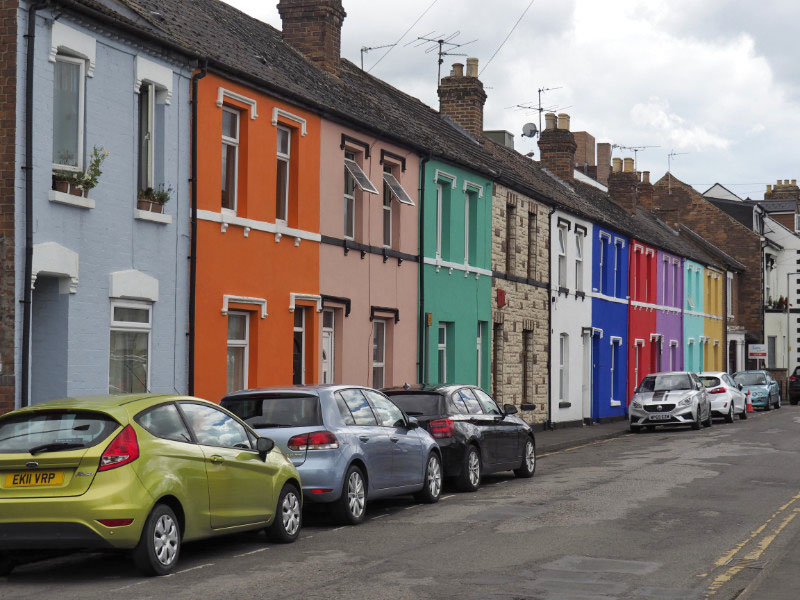The church of St Mary in Fairford, Gloucestershire, can be dated by documentary evidence to a rebuilding of c.1490. Its style is what architectural historians would describe as Late Perpendicular. Noteworthy are the distinctive and very individual sculptures of the exterior, and, on the morning I took my photograph, the warm, creamy Cotswold stone. However, what informed visitors usually come to see at this church is the most complete sequence of stained glass windows of its date in England (see next post).
photo © T. Boughen Camera: Nikon D5300





















